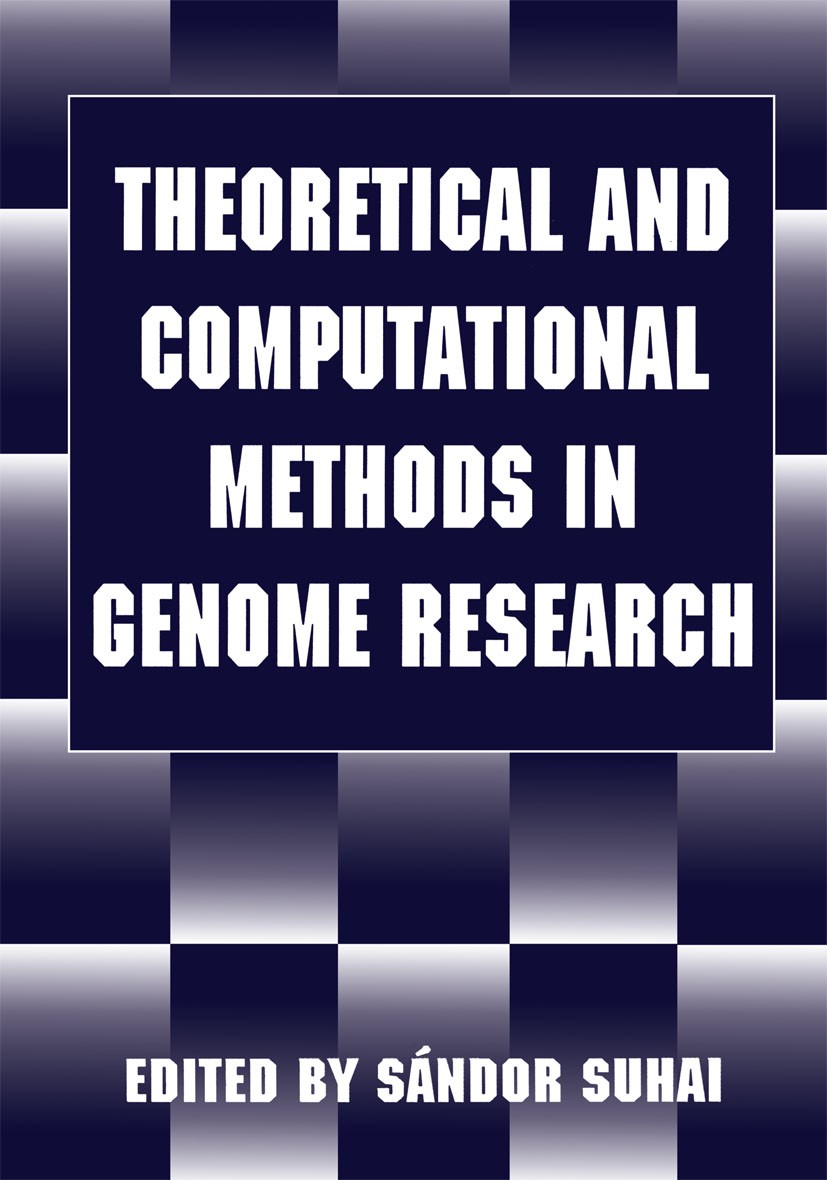| 書目名稱 | Theoretical and Computational Methods in Genome Research | | 編輯 | Sándor Suhai | | 視頻video | http://file.papertrans.cn/923/922977/922977.mp4 | | 圖書封面 |  | | 描述 | The application ofcomputational methods to solve scientific and practical problems in genome research created a new interdisciplinary area that transcends boundaries tradi- tionally separating genetics, biology, mathematics, physics, and computer science. Com- puters have, of course, been intensively used in the field of life sciences for many years, even before genome research started, to store and analyze DNA or protein sequences; to explore and model the three-dimensional structure, the dynamics, and the function of biopolymers; to compute genetic linkage or evolutionary processes; and more. The rapid development of new molecular and genetic technologies, combined with ambitious goals to explore the structure and function ofgenomes ofhigher organisms, has generated, how- ever, not only a huge and exponentially increasing body of data but also a new class of scientific questions. The nature and complexity of these questions will also require, be- yond establishing a new kind ofalliance between experimental and theoretical disciplines, the development of new generations both in computer software and hardware technolo- gies. New theoretical procedures, combined with powerful comput | | 出版日期 | Book 1997 | | 關(guān)鍵詞 | DNA; computational models; development; genes; molecular biology; protein sequence; transcription | | 版次 | 1 | | doi | https://doi.org/10.1007/978-1-4615-5903-0 | | isbn_softcover | 978-1-4613-7708-5 | | isbn_ebook | 978-1-4615-5903-0 | | copyright | Springer Science+Business Media New York 1997 |
The information of publication is updating

|
|
 |Archiver|手機(jī)版|小黑屋|
派博傳思國際
( 京公網(wǎng)安備110108008328)
GMT+8, 2025-10-13 06:00
|Archiver|手機(jī)版|小黑屋|
派博傳思國際
( 京公網(wǎng)安備110108008328)
GMT+8, 2025-10-13 06:00


